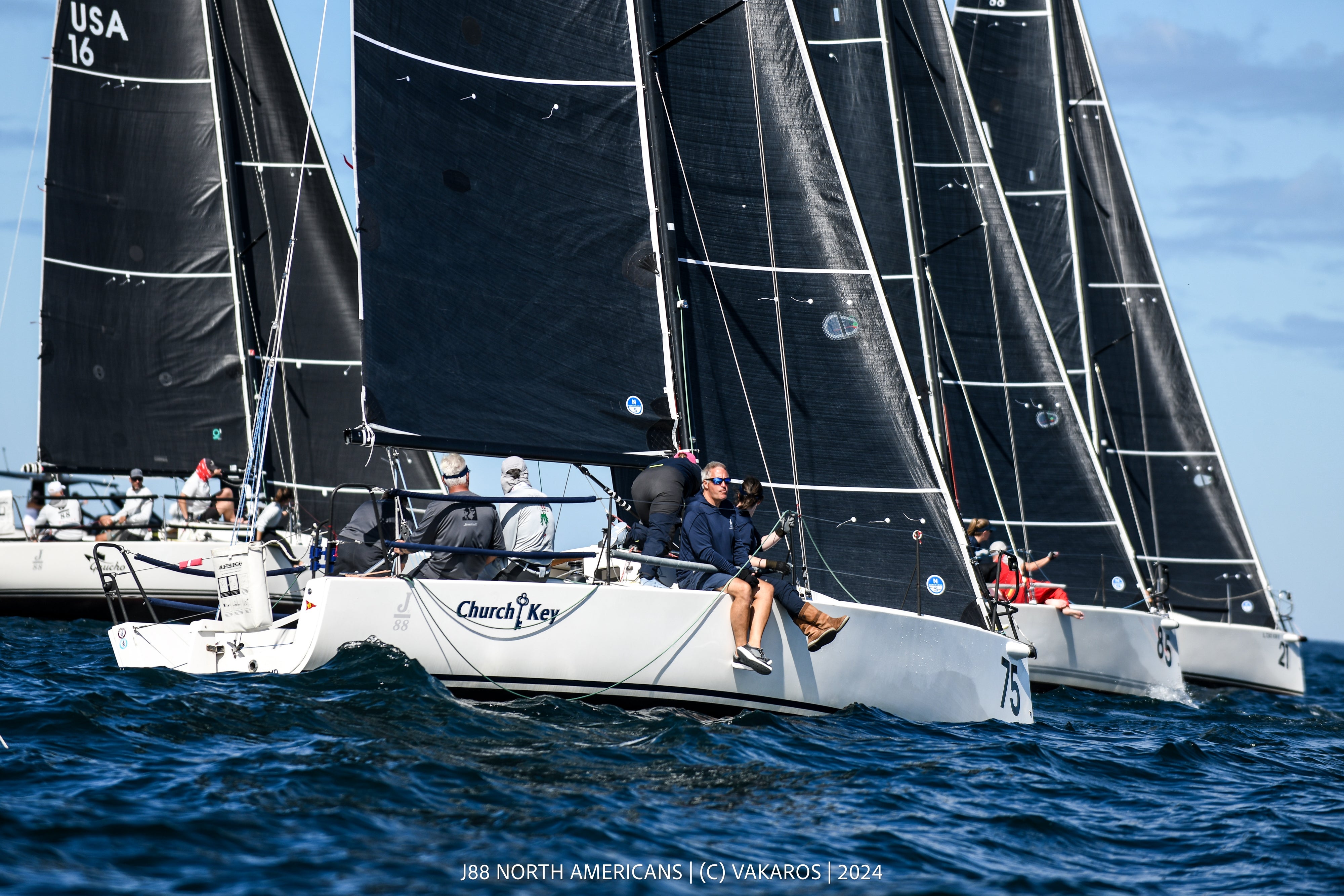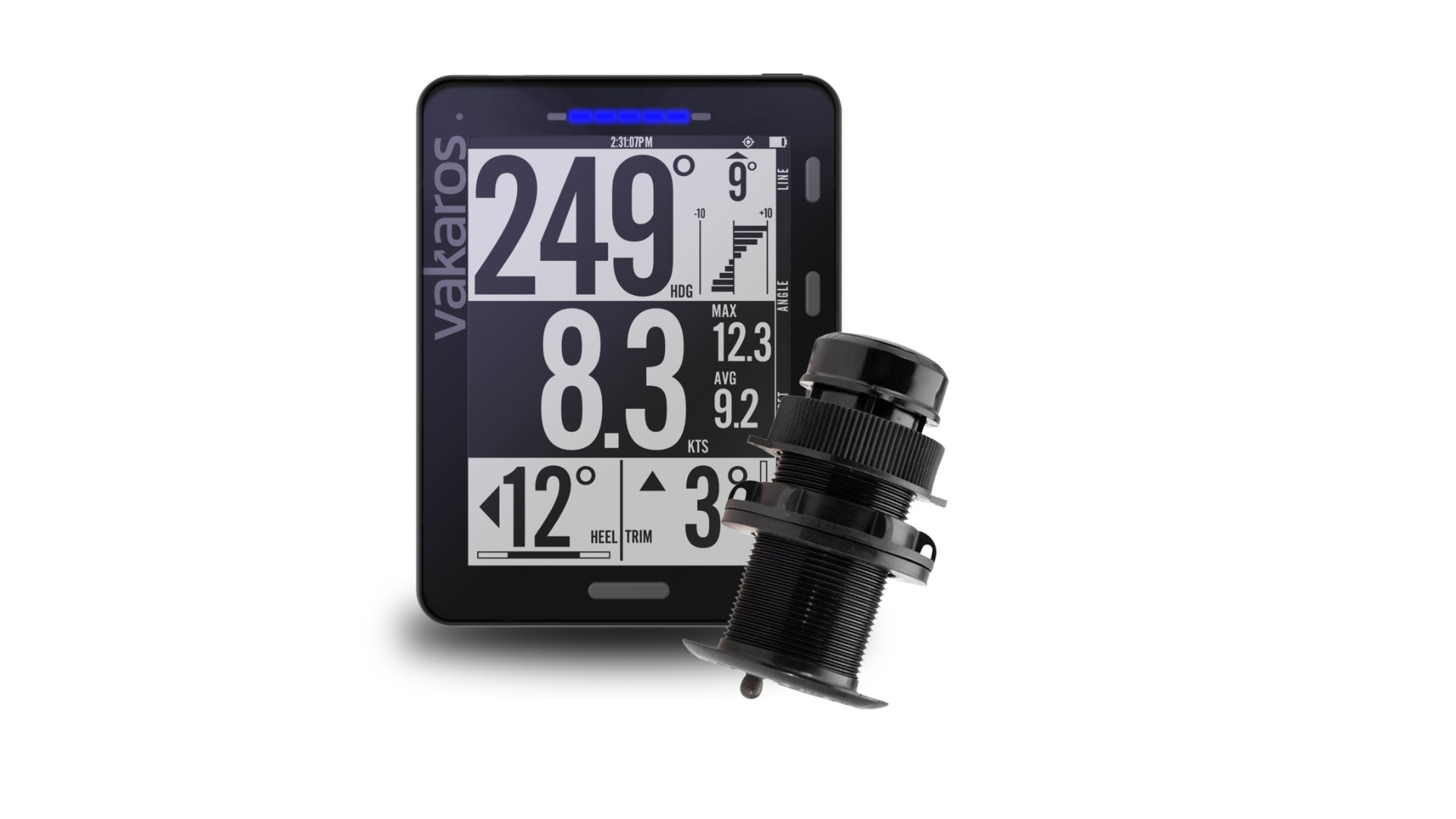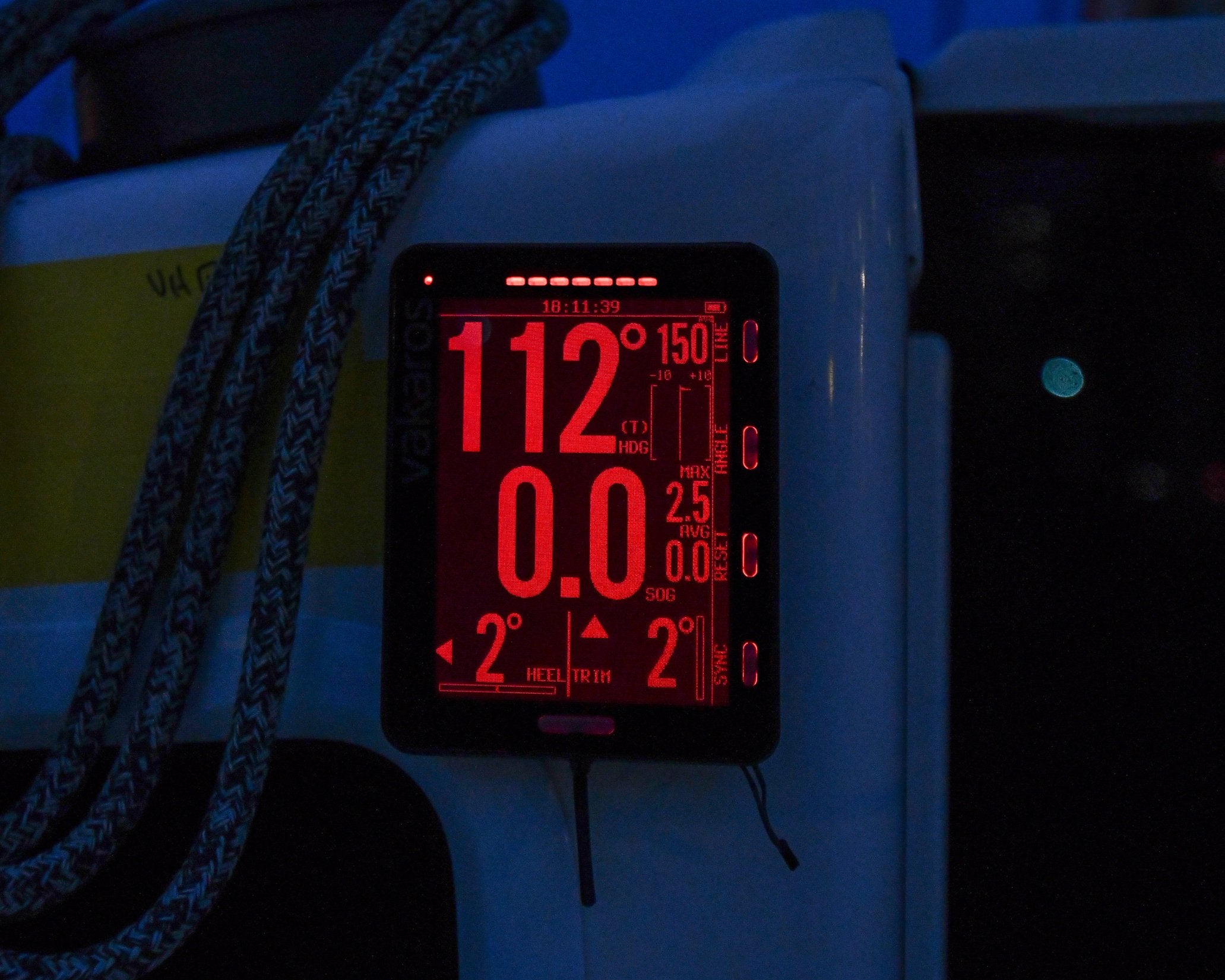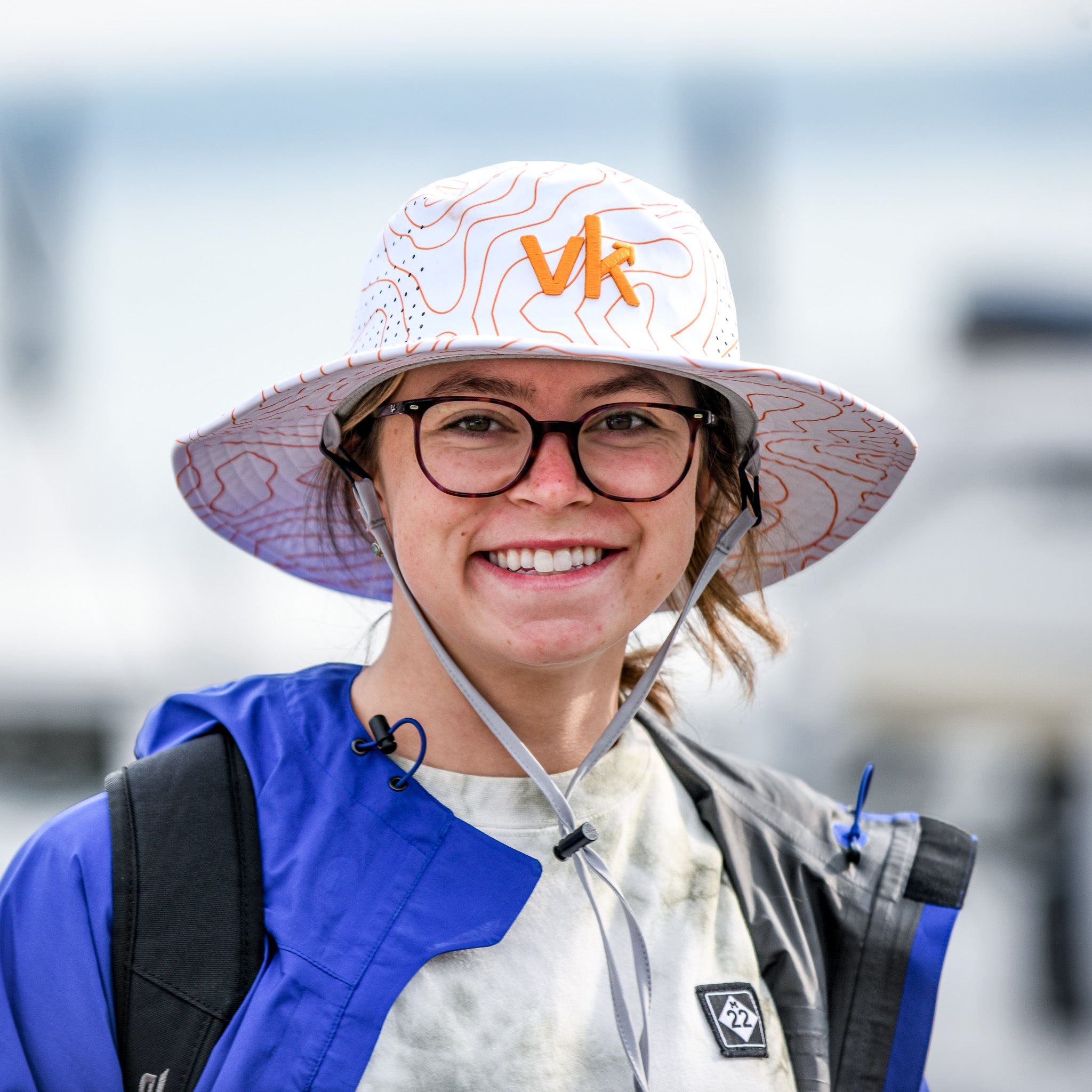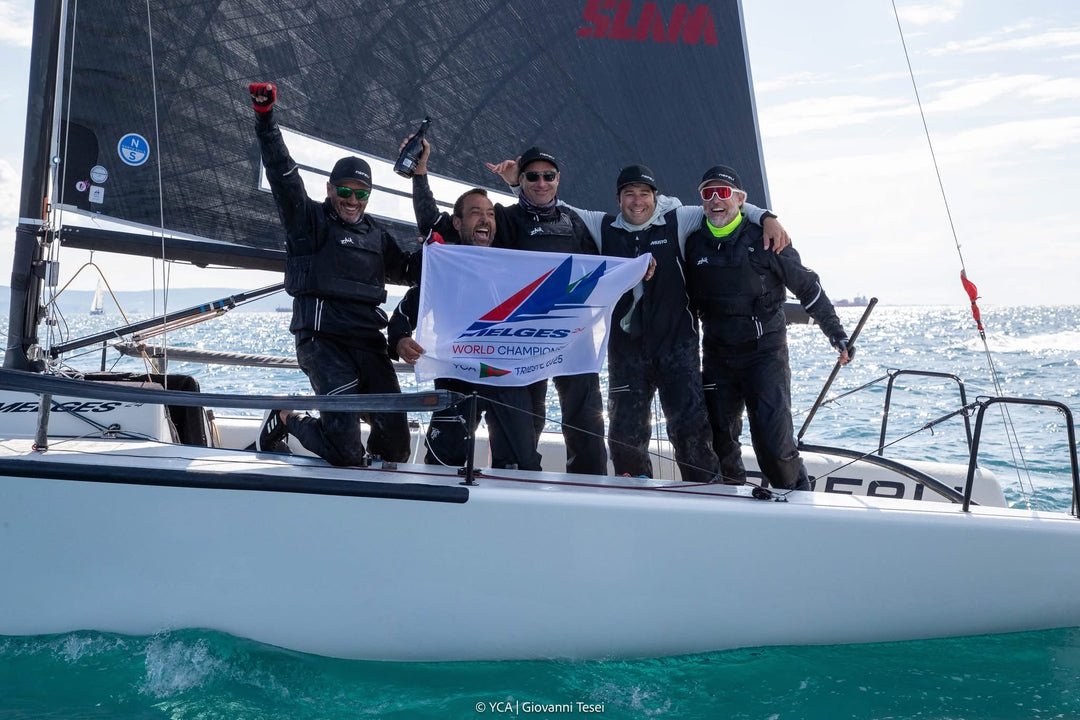A chat with Maru Urban
Maru, can you share how you and Steve have integrated data into your training and performance analysis to enhance your sailing strategy?
In our approach to integrating data into our sailing strategy, we closely monitor social media and online sources for insights into the technologies employed by various boats. While we've attended clinics where technology was utilized, it only provided a limited perspective in a race. Recognizing the need for innovation, I reached out to Doug, and we introduced the Atlas 2 tool. This tool offers detailed information that we can share with sailors both online and post-race. Our focus is on bringing technology to the youth level, leveraging real-time data alongside the visceral experience. The combination of actual sensations and numerical insights aims to engage the tech-savvy younger generation. Additionally, utilizing media coverage from different angles allows us to analyze critical race moments, providing valuable insights such as distance from the line, acceleration, speed, and early race dynamics involving multiple boats. This comprehensive approach enhances our ability to guide sailors in pushing their limits.
Could you discuss the success of the Orange Bowl?
Navigating the complexities of the Orange Bowl regatta requires thorough preparation, given the high caliber of participating sailors who dedicate the entire year to this event. Our clinic operates as a simulation, strategically conducted at the same venue. We focus on crucial aspects, anticipate likely scenarios, and drill the sailors accordingly. This year, the incorporation of data has significantly enriched our insights, providing a deeper understanding for the participants. Throughout the regatta, we leverage this knowledge to engage sailors in discussions, revisiting scenarios encountered during our clinic. By doing so, we mentally prepare them for each race, fostering consistency and minimizing potential errors. On the last day, adaptability became key as unpredictable winds challenged the course. Our success wasn't solely reliant on luck; it was a harmonious blend of preparation, strategic thinking, and a bit of fortune that ultimately led to a favorable outcome.
Being one of the few teams leveraging data analytics in ILCA, how do you believe this sets you apart from other teams, and what advantages does it offer?
Being among the pioneering teams integrating data analytics into ILCA, our advantage is evident from the outset – this clinic marked the introduction of daily data insights for the ILCA fleet. This places us ahead in terms of valuable information both in the immediate and long term. We've initiated a database capturing tactical and technical details, enabling us to glean insights for current and future use. In the long term, this database becomes a strategic asset, chronicling wind conditions and optimal approaches to the venue across various regattas. It also serves to compile information on sailing the boat efficiently under specific conditions. In the short term, the data guides us in real-time, facilitating swift corrections of mistakes and immediate improvements in boat speed from one day to the next. Our commitment to data analytics not only reduces the learning curve but transforms us into a more adept and competitive team within a condensed timeframe, ultimately shaping better sailors.
Can you provide some examples of specific data points or analytics that have been particularly instrumental in refining sailing techniques?
Certainly, let's delve into the key moments with specific data points: **Start Line:** We provide crucial data like distance to the line, acceleration, and speed at the gun. This daily feedback empowers sailors to continually enhance their starting techniques. **Upwind:** Sailors can analyze their Velocity Made Good (VMG), tactics, and compare them against their planned strategy. This clarity exposes mistakes, allowing them to visualize and implement corrective actions promptly. **Reaching:** Data reveals sailors' speed and course during reaching, prompting a thoughtful consideration of their position on the boat, sail trim, and overall strategic approach. **Downwind:** Comparisons of speed and distance to the mark, coupled with technical details such as steering and boat balance, offer valuable insights for optimizing downwind performance. **Mark Rounding:** Precise mark positions relative to the wind are highlighted, equipping sailors with the knowledge to make informed decisions. Notably, gate rounding has proven to be particularly effective in this regard. These specific data points serve as instrumental tools in refining sailing techniques across various critical moments, fostering continuous improvement and strategic decision-making.
Considering your extensive sailing background, how has the approach to training and performance evolved with the integration of technology and data in recent years?
The integration of technology and data in sailing has transformed our training and performance approach, aligning it with the advancements seen in other elite competitions like F1 and America's Cup. From TP52 to SailGP and even small boats, technology has become an integral part of our sailing reality. This shift signifies a future where technology manages most of the information we rely on, urging us to strike a balance in leveraging it to our advantage. The younger generation, growing up immersed in this tech-driven era, adapts and learns faster, making it essential to keep them motivated. The combination of screens, data, and reality has proven to be a perfect synergy, enhancing the learning experience for sailors. Looking ahead, I see this integration as fundamental to our training methodologies, shaping the foundation of future clinics and ensuring continuous advancement in our approach to sailing.
Looking at the future of the sport, where do you see the integration of data and technology heading, and how might it shape the landscape of competitive sailing?
The integration of data and technology in sailing's future holds distinct advantages for both event organizers and teams. **For Event Organizers:** - Enhanced marketing opportunities: Sponsors are likely to be attracted by the increased exposure and innovative data-driven content. - Improved race facilitation: Seamless integration of various tools, from mark robots to online starting data, will streamline race management. **For Teams:** - In-depth self-analysis: Teams will have access to a wealth of information, allowing for a more nuanced understanding of their performance and areas for improvement. - Skill refinement: The availability of detailed data will enable teams to hone their skills with precision, elevating the overall level of competitiveness. This symbiotic relationship between organizers and teams, fueled by data and technology, is poised to propel the sport of sailing to new heights, fostering growth, innovation, and an elevated standard of competition.
Embrace the power of data from the outset. Actively engage with real numbers to enhance our understanding and improve performance. Each day of utilizing data contributes to building a more robust database, offering valuable insights for continuous improvement. Consider ourselves fortunate to have a supportive company like Vakaros that provides these technological advancements. Their contribution plays a pivotal role in shaping a brighter future for sailors. Gratitude to Vakaros and the team for enabling us to leverage data effectively in our pursuit of success on the water.




